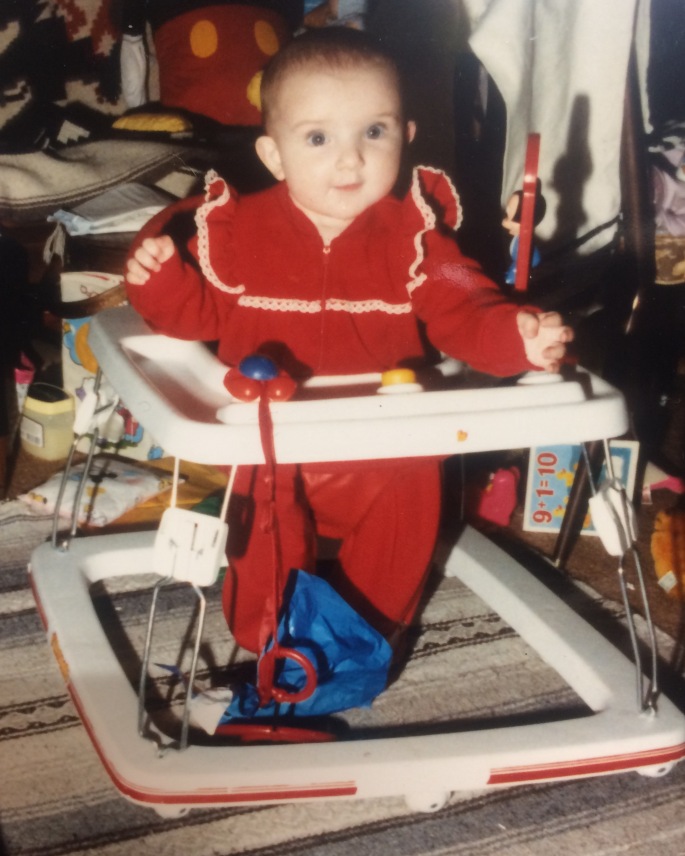If you haven’t done it yet, now is the time to plan out your 2017 goals.

And not just make a resolution. That isn’t enough. According to Forbes, only 8% of people actually keep their New Year’s Resolution.
Why is this? In my opinion, people make lofty goals without a lot of planning behind them. It is easy to say that you are going to take off 5 pounds or 50 this year, but what are the action steps?
I have a few ideas on how to be one of the 8%. The past couple of years I have employed several tools to help me make goals and keep them.
- Use a planner! I use the Passion Planner and have for the past 2 years. I just got my 2017 one and am excited to use the tools within it to map out my 2017 successes.
- One great thing about this planner is that the website has printable pages. If you have a planner you love and just want strategy sheets, you can print them out and use them
- I also love how this planner has you do a monthly reflection that checks back in with your goals to see how you are doing
- Reflect on your past year before making your goals.
- I am using this format to reflect on 2016 as well as the tools within my Passion Planner
- Take some time and get quiet and real with yourself about how 2016 was for you as a year.
- Dream Big and make an action plan
- I have a running list of “I Wants”
- These aren’t things that are material so much as what do I want for myself, my business, my family, my relationships, etc
- Whenever I am feeling stuck, I come back to What Do I Want? and get clear on that
- A list only does you good if you plan how to achieve these things (circle back to the Passion Planner)
- I have a running list of “I Wants”
- Make yourself a priority.
- You cannot pour from an empty cup, so what will fulfill you?
- Be well rounded
- I am a little biased (being in the healthcare field) and feel like health is a major priority, but it is really easy to focus on weight, energy, etc and forget that health is multifaceted. Below are just a few aspects.
- Physical
- I can tell you one thing for certain, Chiropractic can make a huge difference in your physical health… It has turned my life around and allowed me to be a healthier, happier person that is evolving each year. This year I am healthier than ever before. My health strategy has shifted and changed along with my priorities and, year by year, I am finding out more about myself and my needs.
- Emotional
- What feeds your soul?
- What is congruent with what you need in your life to be fulfilled?
- Social
- How can you improve your relationships with family, friends, coworkers, and MOST IMPORTANTLY yourself?
- Physical
- I am a little biased (being in the healthcare field) and feel like health is a major priority, but it is really easy to focus on weight, energy, etc and forget that health is multifaceted. Below are just a few aspects.
How can I help you with these things? Please fill out the form below if you would like my assistance with your health goals.




